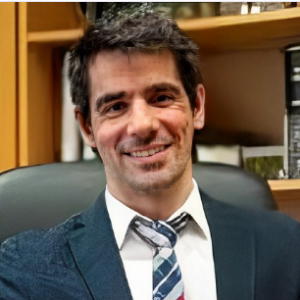Title : Challenges and Innovations in Osteochondral Regeneration
Abstract:
In the last years, the world has been witnessing the progressive increase in the prevalence of debilitating disorders affecting osteochondral tissues, leading to the functional impairment of synovial joints and severe pain [1]. In particular, osteoarthritis (OA) represents a significant health burden in developed and developing countries, mostly due to aging and to the increase of risk factors, including obesity and sedentary lifestyle, along with intervening joint injuries [2,3]. OA is a chronic and etiologically heterogeneous joint disorder, which represents the most prevalent musculoskeletal disorder worldwide. In OA, the progressive degeneration of the hyaline cartilage that lines the surfaces of bones articulating through synovial (i.e., moving) joints causes direct bone-to-bone attrition during movements throughout the body. Due to the extremely high incidence of lesions and diseases in aging population, it is critical to put all efforts into developing a successful implant for osteochondral tissue regeneration. Many of the patients undergoing surgery present osteochondral fissure extending until the subchondral. Therefore, strategies for functional tissue regeneration should also aim at healing the subchondral bone and joint interface, besides hyaline cartilage. With the ambition of contributing to solving this problem, several research groups have been working intensively on the development of tailored implants that could promote that complex osteochondral regeneration. These implants may be manufactured through a wide variety of processes and use a wide variety of (bio)materials. This talk will examine the state of the art regarding the challenges, advantages, and drawbacks of the current strategies for osteochondral regeneration. One of the most promising approaches relies on the principles of additive manufacturing, where technologies are used that allow for the production of complex 3D structures with a high level of control, intended and predefined geometry, size, and interconnected pores, in a reproducible way. However, not all materials are suitable for these processes, and their features should be examined, targeting a successful regeneration



